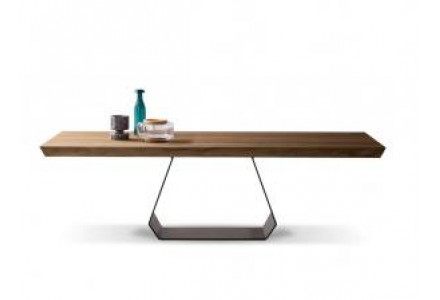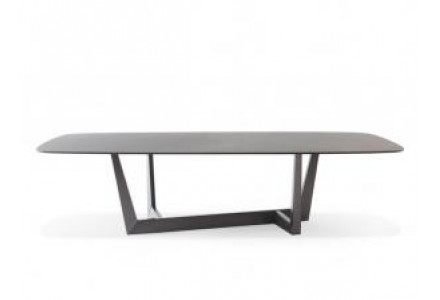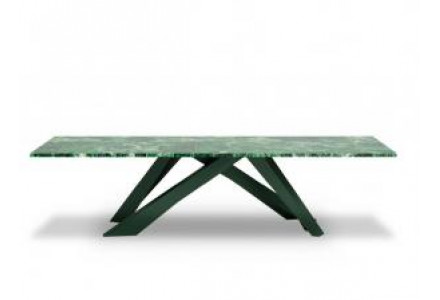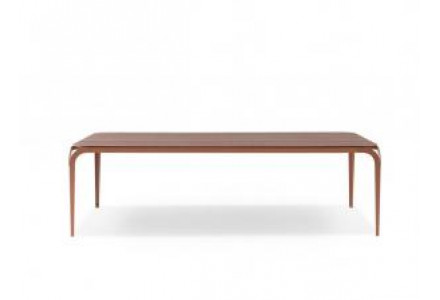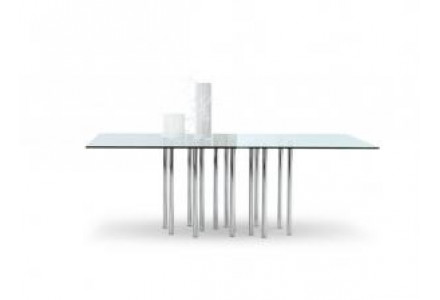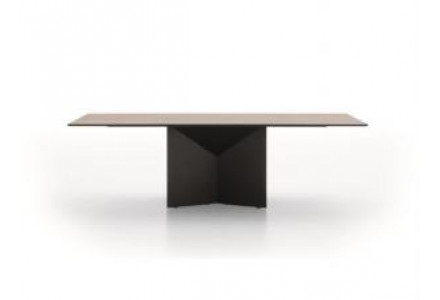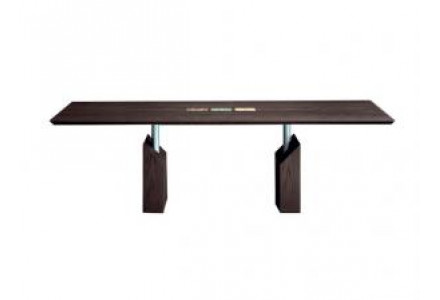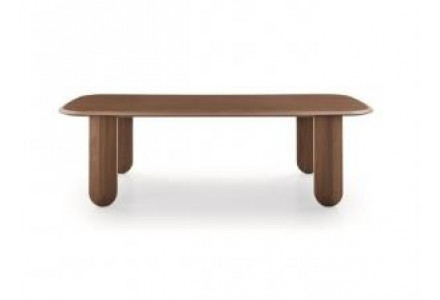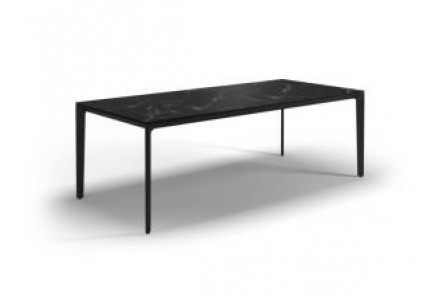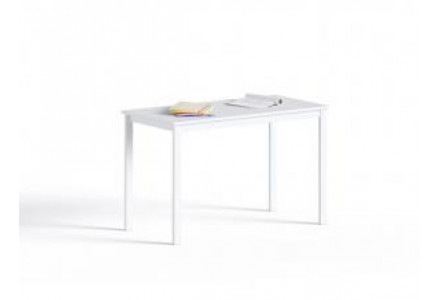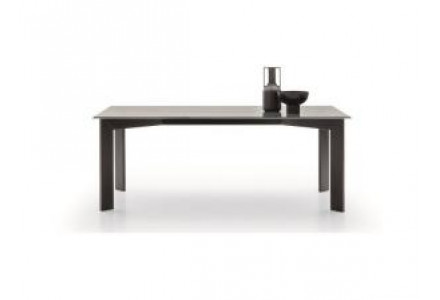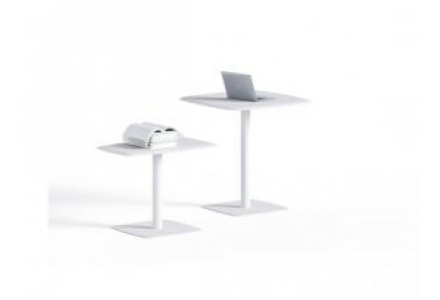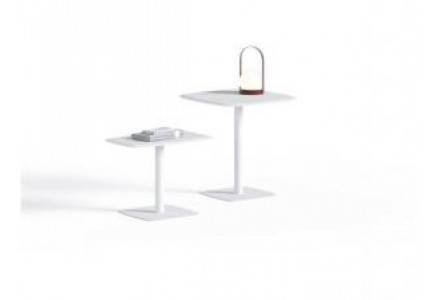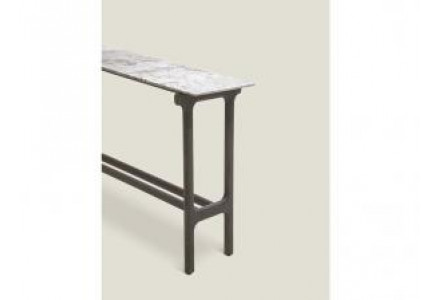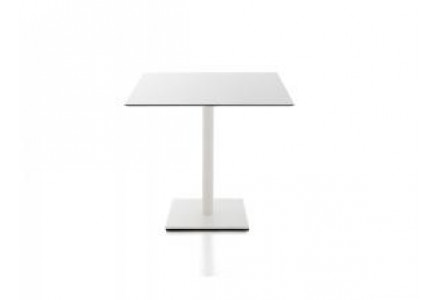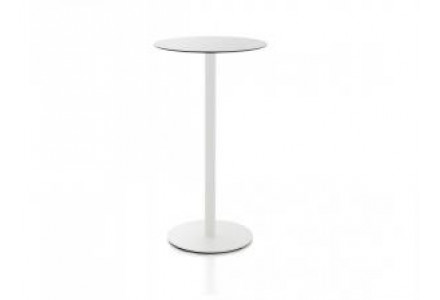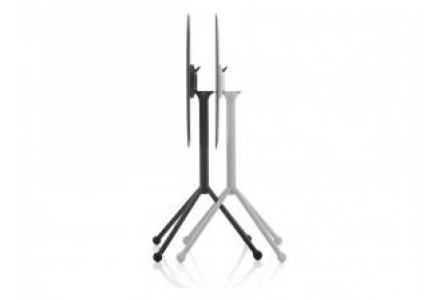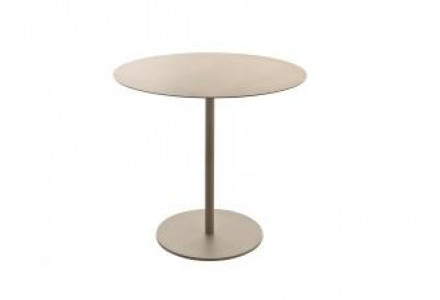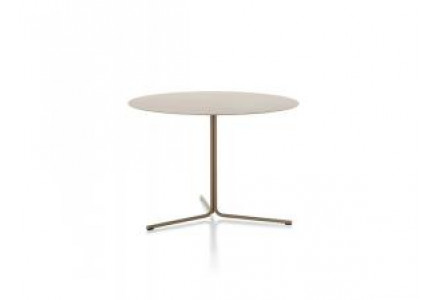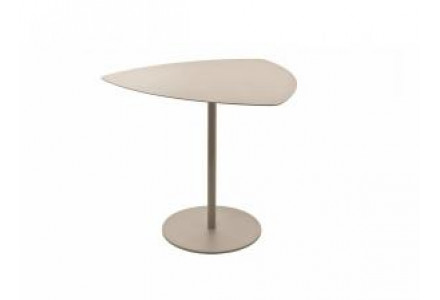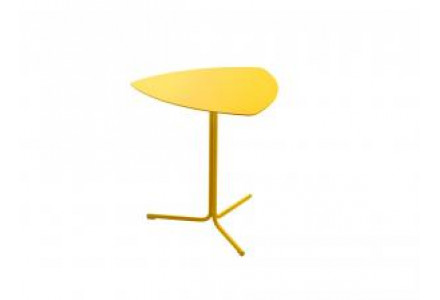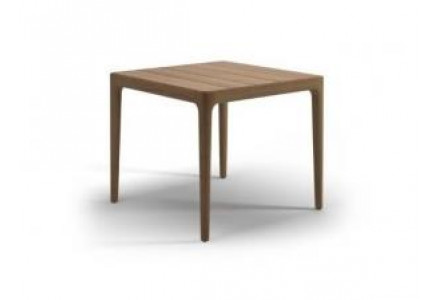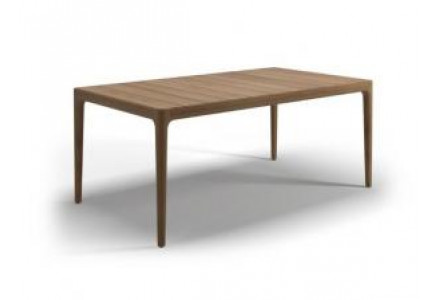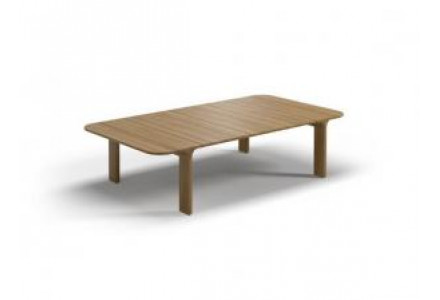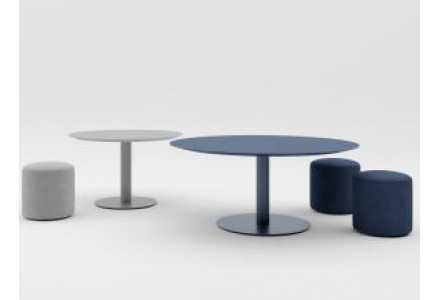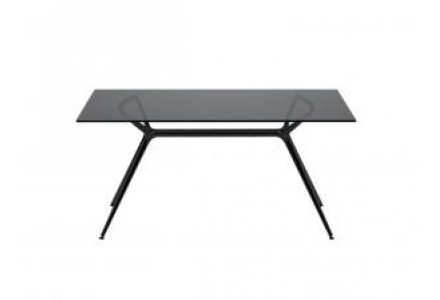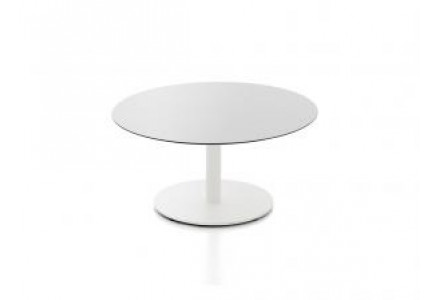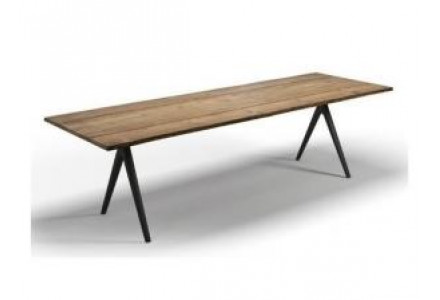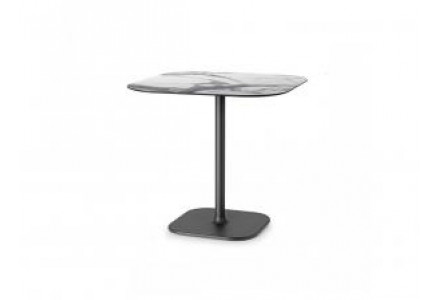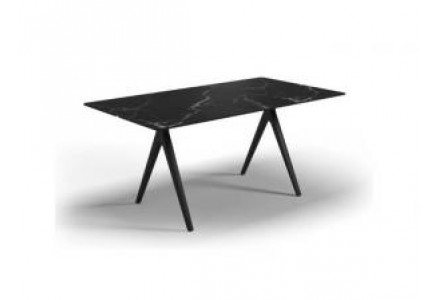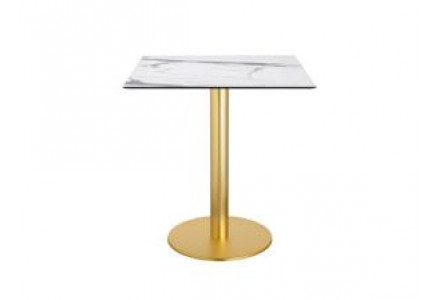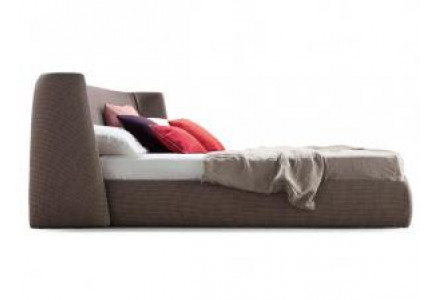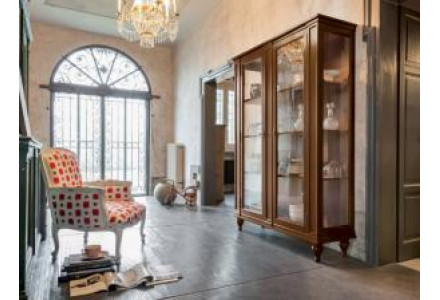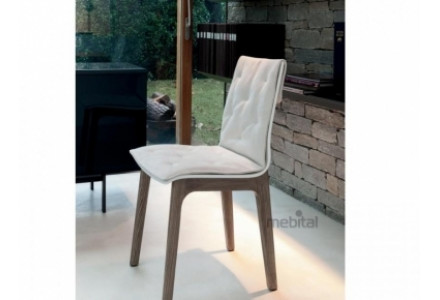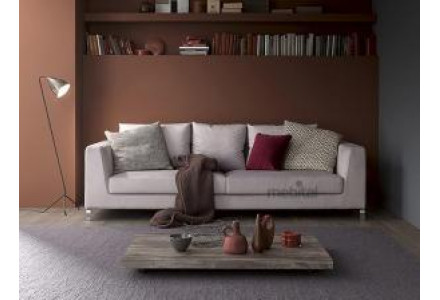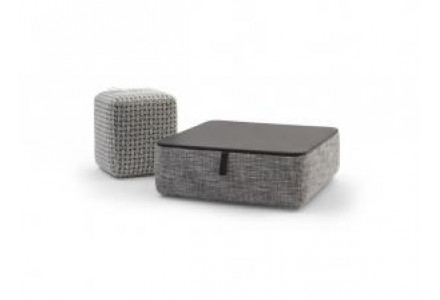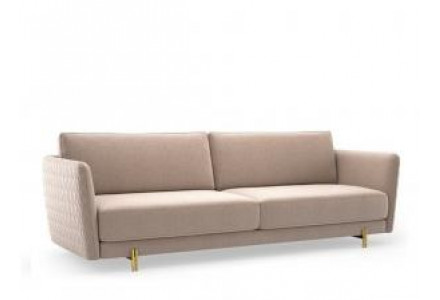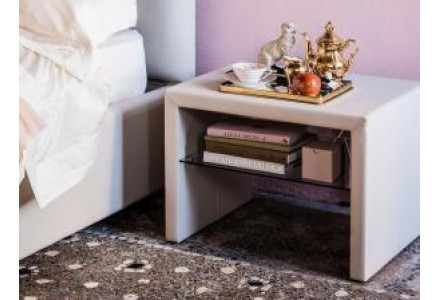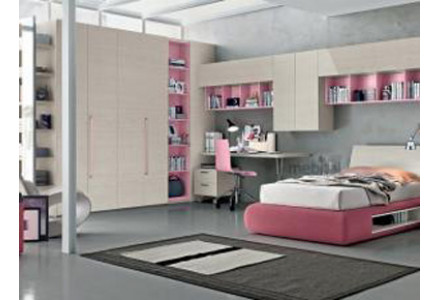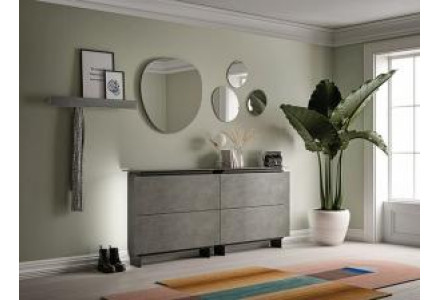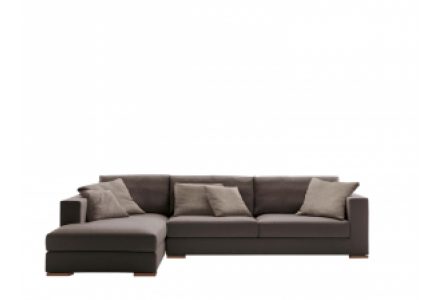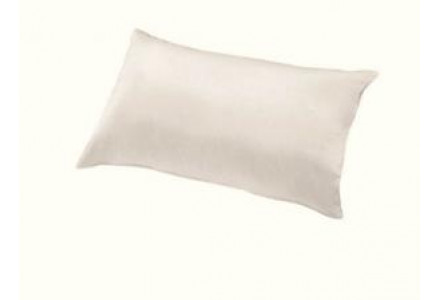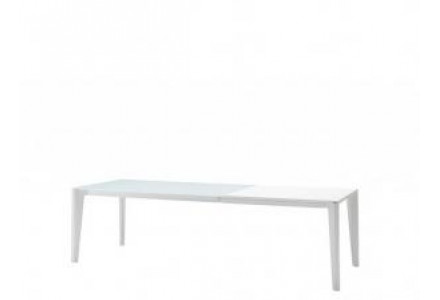Italian non-extending tables: shapes, functionality, features
Italian non-extending tables are valued for their aesthetics, high quality of execution and thoughtful design. They are ideal for interiors where size transformation is not required and the emphasis is on constant elegance and reliability. Here are the key aspects that distinguish such tables:
Shapes
Rectangular
A classic for dining areas and offices.
Suitable for symmetrical interiors.
Convenient for accommodating a large number of people.
Round
Create a feeling of coziness and equality at the table.
Ideal for kitchens and small living rooms.
Often used in the area negotiations.
Oval
A compromise between rectangular severity and the softness of a circle.
Visually "unload" the space.
Look impressive in spacious rooms.
Square
Suitable for small rooms or cafes.
Often used as coffee or side tables tables.
Functionality
Constant shape and dimensions
Such tables are chosen for rooms where space is not limited and there is no need for transformation.Durable construction
Italian non-folding tables are usually made of solid wood, stone, glass or metal, which makes them stable and durable.Low maintenance
The absence of mechanical parts simplifies maintenance and reduces wear.Focus on design
Without the need to hide transformation mechanisms, designers can focus on clean lines, textures and materials.
Features
Materials
Solid wood (walnut, oak, teak): warm and noble.
Stone and marble: luxurious but heavy material.
Glass: visually lightens the interior, often used in modernism.
Metal and concrete: minimalism and industrial style.
Designer focus
Often released as part of the author's collections of famous designers.
Italian brands (for example, Bontempi, Cattelan Italia, Minotti) are famous for combining traditions and innovations.
Styles
Modern: laconic forms, metal, glass.
Classic: carving, inlays, solid wood.
Minimalism / loft: strict forms, concrete, metal.
Advantages and disadvantages
Pros:
Impeccable aesthetics.
Easy to maintain.
Increased structural strength.
Cons:
Not suitable for small spaces where transformation is needed.
Require precise selection of size and style.
